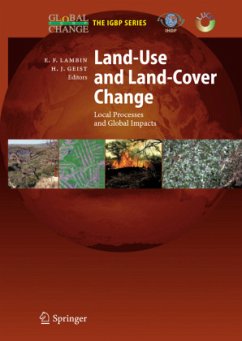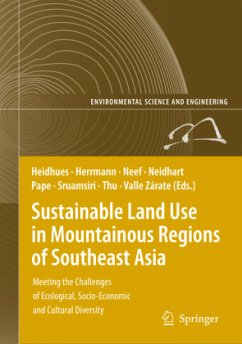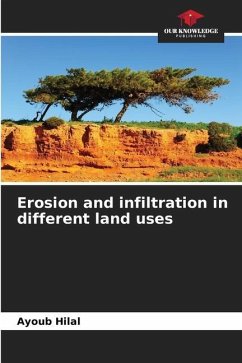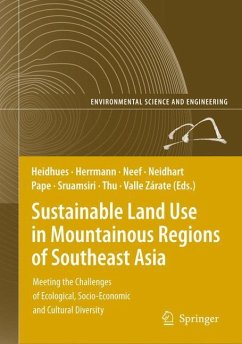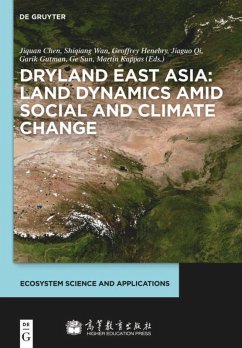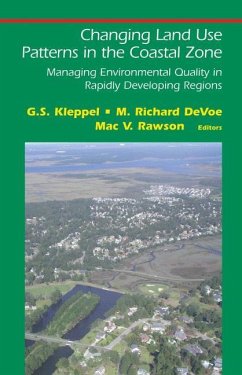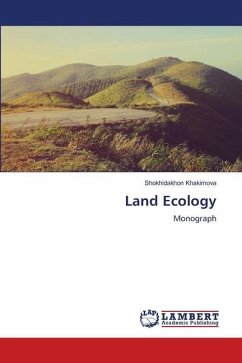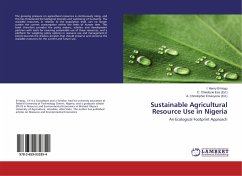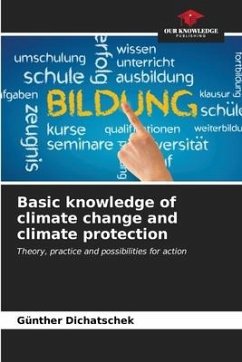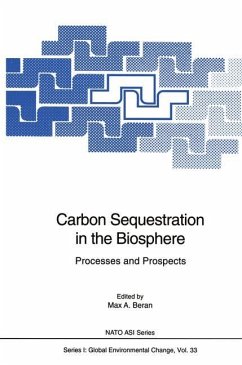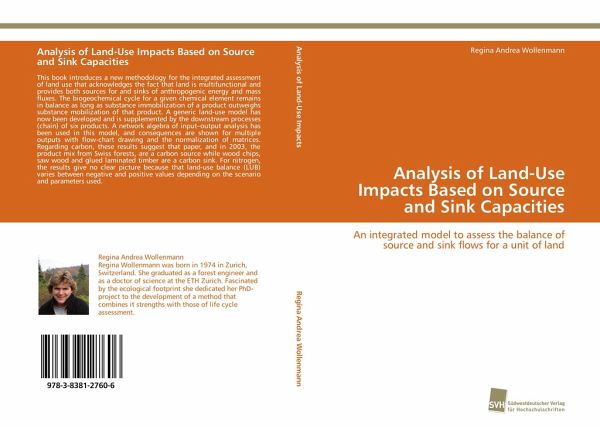
Analysis of Land-Use Impacts Based on Source and Sink Capacities
An integrated model to assess the balance of source and sink flows for a unit of land
Versandkostenfrei!
Versandfertig in 6-10 Tagen
53,99 €
inkl. MwSt.

PAYBACK Punkte
27 °P sammeln!
This book introduces a new methodology for the integrated assessment of land use that acknowledges the fact that land is multifunctional and provides both sources for and sinks of anthropogenic energy and mass fluxes. The biogeochemical cycle for a given chemical element remains in balance as long as substance immobilization of a product outweighs substance mobilization of that product. A generic land-use model has now been developed and is supplemented by the downstream processes (chain) of six products. A network algebra of input-output analysis has been used in this model, and consequences ...
This book introduces a new methodology for the integrated assessment of land use that acknowledges the fact that land is multifunctional and provides both sources for and sinks of anthropogenic energy and mass fluxes. The biogeochemical cycle for a given chemical element remains in balance as long as substance immobilization of a product outweighs substance mobilization of that product. A generic land-use model has now been developed and is supplemented by the downstream processes (chain) of six products. A network algebra of input-output analysis has been used in this model, and consequences are shown for multiple outputs with flow-chart drawing and the normalization of matrices. Regarding carbon, these results suggest that paper, and in 2003, the product mix from Swiss forests, are a carbon source while wood chips, saw wood and glued laminated timber are a carbon sink. For nitrogen, the results give no clear picture because that land-use balance (LUB) varies between negative and positive values depending on the scenario and parameters used.



